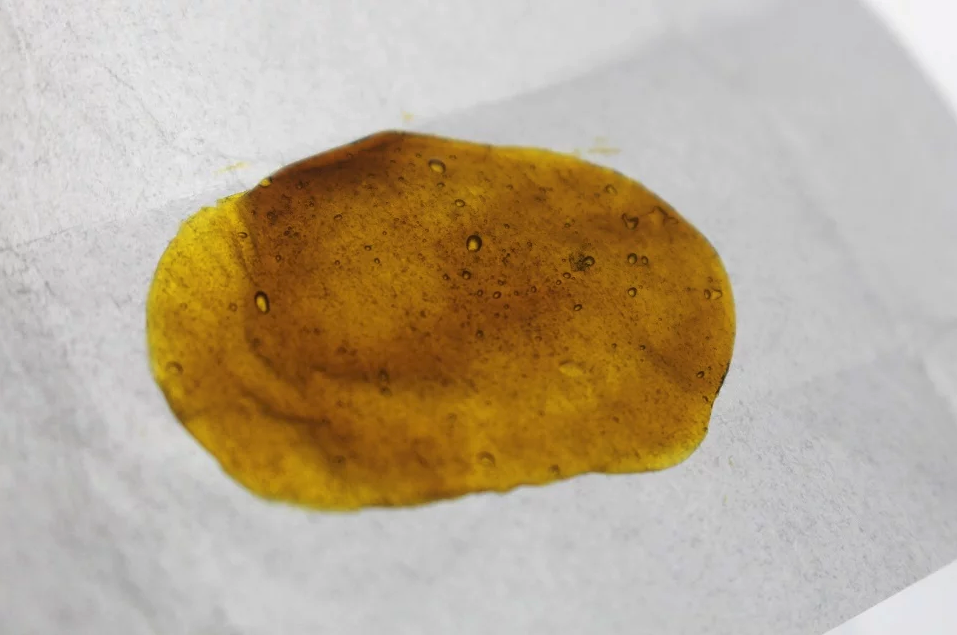If you follow the legal cannabis industry closely, you know that it moves at an incredible pace. New healthcare products, new strains, and new devices for smoking hit the market every week, and it can be overwhelming to try to stay current. While the sheer number of new developments may be tough to keep track of, it’s usually simple enough to understand what a new product, strain, or device is. Breeders provide descriptions and lab analyses of their new strains, healthcare companies detail the health benefits of new products, and device manufacturers give instructions or post demonstration videos for new smoking devices. But have you ever heard of a new kind of cannabis extract, and had no idea what it actually was? You’re not alone.
As extracts grow in popularity, new methods of extraction are proliferating, giving consumers access to a wide range of new concentrates with interesting and varied characteristics. You probably already know about kief, bubble hash, shatter, and wax. But what about Rosin? Sauce? If you’ve got no idea what these new types of concentrate are, read on. We’ve put together a guide to the newest and most cutting edge types of cannabis extracts, with descriptions of how they look, how they are made, and what makes them special.
Part 1: Live Resin
Live resin is a type of hash oil, but it’s radically different from a standard BHO (butane hash oil) shatter. Typical shatter is made from dried and cured plant matter, either trim or buds, or a combination of both. Drying and curing is necessary to create smokable flower, as it breaks down chlorophyll and can increase the potency of the material by converting THCA into THC through a process called decarboxylation. While this process is beneficial for flower that will be smoked directly, it inevitably involves the loss of terpenes. Terpenes are molecules that give cannabis it’s unique flavor and aroma, and account for many of the differences between different strains. When the plant matter is exposed to light, heat, or oxygen, terpenes begin to degrade, so even the most delicate curing processes will involve significant degradation. And many methods of solvent-based extraction exacerbate the degradation of terpenes further, resulting in shatter that may have a very high concentration of THC, but doesn’t have the aroma, flavor, or unique strain characteristics of the plant it came from.
If you’ve ever had the pleasure of walking through a masterfully grown cannabis garden just before harvest, you’ll immediately understand the difference that terpenes make. No jar of dried and cured buds will ever have quite the intoxicating aroma that living plants in full flower have. The goal of live resin is to preserve as much of this glorious essence as possible in a smokable extract. To achieve this, the buds and sugar leaf of plants that will be used for live resin are immediately frozen as soon as they are harvested, at very low temperatures (-10 degrees fahrenheit or lower). Once the plant material is fully frozen, it is extracted using a super cooled solvent (usually butane, propane, or CO2) at temperatures between -20 and -50 degrees fahrenheit, before being dewaxed. This combination of fresh freezing and extremely low temperature extraction yields a concentrate with a terpene content up to five or more times higher than typical shatter.
The process of making live resin requires costly specialized hardware and tends to produce a lower yield compared to more traditional methods of extraction, and therefore live resin is usually significantly more expensive than typical shatter. But many concentrate connoisseurs insist that it’s absolutely worth the extra cost. With live resin you get a much more complete chemical profile of the original plant, which not only provides a wonderful taste and aroma, but preserves the psychoactive and medicinal effects of the plant’s natural balance of cannabinoids and terpenes.

